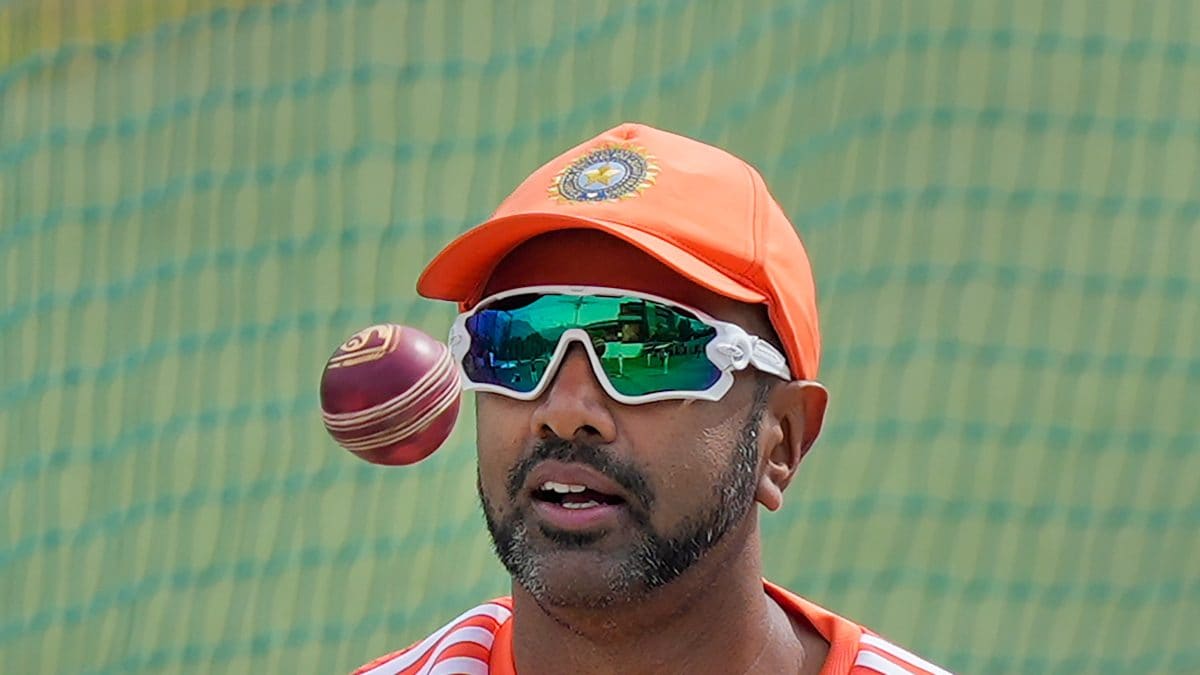 |
|
The sudden retirement of Ravichandran Ashwin during the 2024-25 Border-Gavaskar Trophy has ignited a firestorm of debate within the cricketing world. Former Australian cricketer Brad Haddin, in a recent interview on the Willow Talk podcast, voiced his opinion, characterizing Ashwin's decision as 'funny' and directly linking it to India's confusing and inconsistent selection strategies throughout the series. Haddin's assessment points to a deeper issue within the Indian team's approach to Test cricket, suggesting a lack of clarity and planning that ultimately cost them the series and a place in the 2025 World Test Championship final.
Haddin's central argument revolves around India's baffling rotation of spinners in the first three Tests. The team experimented with three different spinners—Washington Sundar, Ashwin, and Ravindra Jadeja—without any clear indication of a long-term strategy. This inconsistent approach, Haddin argues, created uncertainty and undermined the team's overall performance. The lack of a defined approach to spin bowling left the team unprepared for the Australian conditions and contributed to their inability to establish dominance in the crucial spin department. The constant shifting of players disrupted any rhythm or synergy within the team, highlighting a fundamental flaw in India's planning and preparation for the series.
The impact of Ashwin's retirement extends far beyond the immediate consequences of the series loss. His absence significantly weakened India's bowling attack, particularly considering his exceptional record as India's second-highest Test wicket-taker. The team attempted to compensate for his absence by relying on all-rounders, a strategy that proved disastrous, resulting in substantial defeats in the final two Tests. The series defeat, coupled with Ashwin's departure, effectively dashed India's hopes of reaching the World Test Championship final, showcasing the far-reaching implications of both the retirement and the flawed tactical decisions that led up to it. This highlights the importance of strategic coherence in team selection and its profound effect on the outcome of major tournaments.
Haddin further suggests that Ashwin's decision was not solely driven by his exclusion from the playing XI but also by a deeper sense of frustration with the lack of trust and consistency shown by the team management. He posits that Ashwin, considering his exceptional record and self-perception as the number one spinner, felt undervalued and marginalized. This interpretation lends further weight to the argument that India's tactical errors were not just about poor selection but also a failure of leadership and communication, affecting player morale and team cohesion. Ashwin's decision, then, becomes a symptom of a larger problem within the Indian cricket team structure, indicating a need for introspection and reform in their approach to planning and player management.
The contrast between Ashwin's imminent participation in the IPL 2025 for Chennai Super Kings (CSK) and his abrupt exit from international cricket further underscores the complexities of the situation. While this might seem like a purely personal choice, it also hints at the potential tensions between international commitments and the lucrative opportunities presented by franchise leagues. This begs the question of how professional cricketers reconcile their ambitions with the demands and uncertainties of international cricket, particularly in the context of changing team dynamics and shifting priorities within national cricket boards. Ashwin's situation highlights the growing tension between the international game and the rising popularity and financial allure of franchise-based tournaments.
Looking ahead, the fallout from Ashwin's retirement and India's tactical failures will likely have a significant impact on the team's future performance and its approach to future tournaments. The series loss serves as a harsh reminder of the crucial role of strategic planning, player management, and team cohesion in achieving success at the highest level of international cricket. The incident should prompt a thorough review of India's cricketing strategies, addressing not just the selection policies but also the broader issues of player communication, leadership, and the balance between international and franchise cricket. The incident serves as a cautionary tale to other national teams, emphasizing the importance of avoiding such pitfalls to ensure success in major international competitions.
In conclusion, Ravichandran Ashwin's retirement and the subsequent analysis by Brad Haddin have provided a stark illustration of the complexities and challenges facing international cricket teams. It is not just about individual player performances but also about the overarching strategies, planning, and team dynamics that determine ultimate success. The incident serves as a case study, illuminating the need for clear and consistent selection policies, open communication between players and management, and a careful balancing of national and franchise interests within the broader cricketing landscape.
Source: 'Funny': Ex-Australian Cricketer Ridicules R Ashwin's Retirement, India’s Confused BGT Tactics
